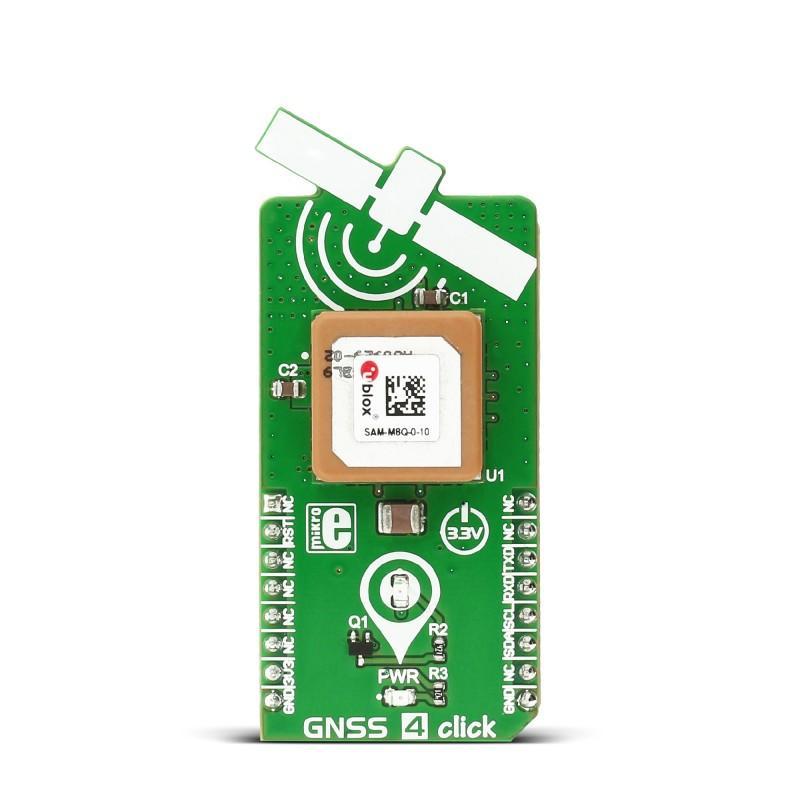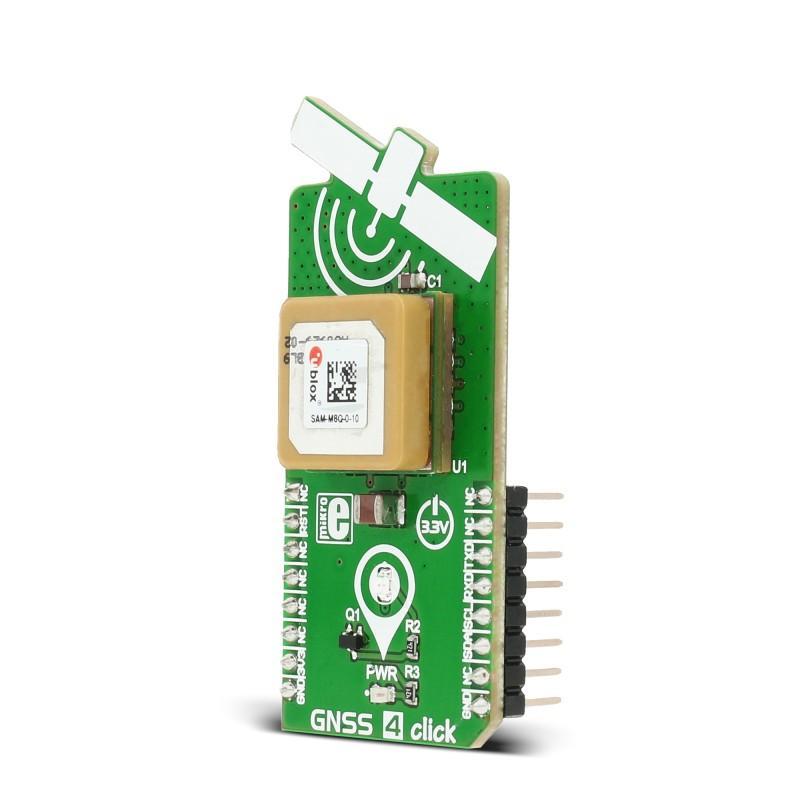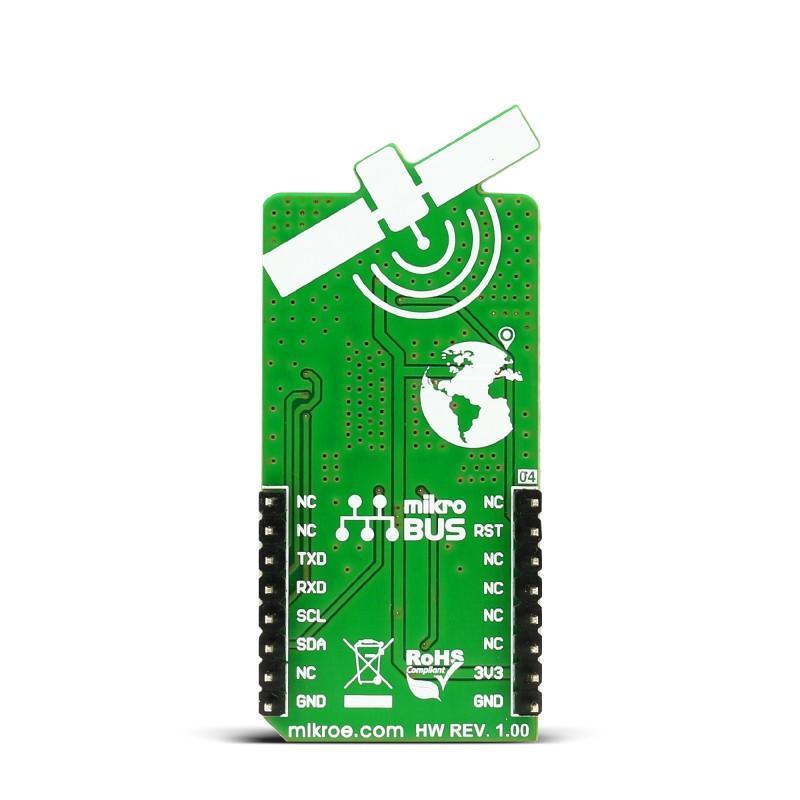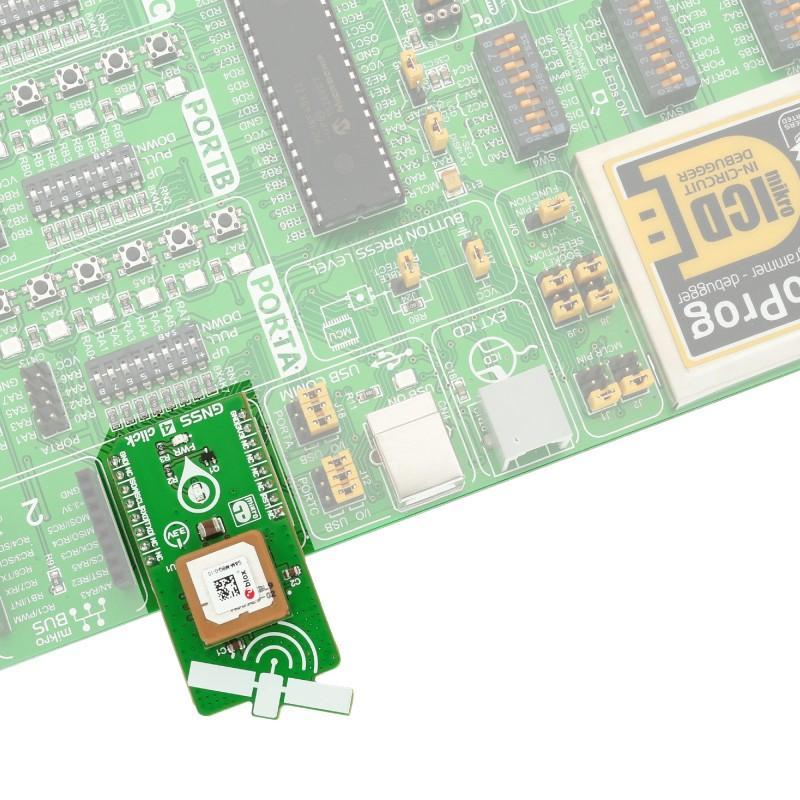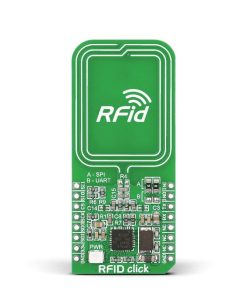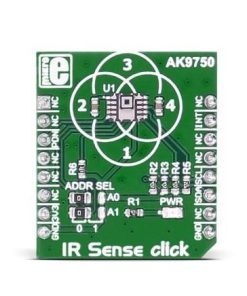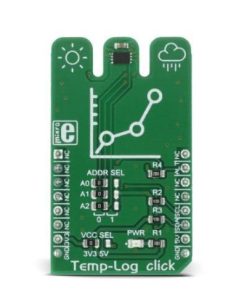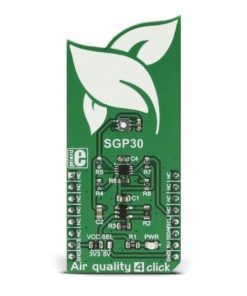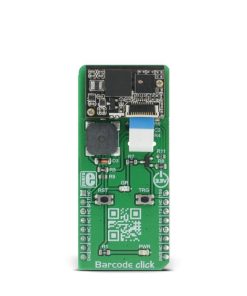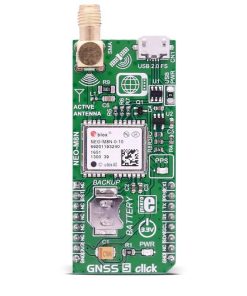GNSS 4 click – MikroElektronika u-blox SAM-M8Q Module MikroElektronika
$ 59,00 $ 29,50
GNSS 4 click – MikroElektronika u-blox SAM-M8Q Module
GNSS 4 click carries SAM-M8Q patch antenna module from u-blox. The click is designed to run on a 3.3V power supply. It communicates with the target microcontroller over I2C or UART interface.
What is GNSS?
GNSS stands for Global Navigation Satellite System, an umbrella term that describes both the United States GPS, the Russian GLONASS global positioning systems and European Galileo.
SAM-M8Q module
The SAM-M8Q module utilizes concurrent reception of up to three GNSS systems (GPS/Galileo and GLONASS), recognizes multiple constellations simultaneously and provides outstanding positioning accuracy in scenarios where urban canyon or weak signals are involved.
Patch antenna
The GNSS patch antenna is RHCP (right hand circular polarization) and has a peak gain of 3 dBic. The patch antenna is insensitive to surroundings and has high tolerance against frequency shifts.
Power management
u-blox M8 technology offers a power-optimized architecture with built-in autonomous power saving functions to minimize power consumption at any given time. Furthermore, the receiver can be used in two operating modes: Continuous mode for best performance or Power Save Mode for optimized power consumption.
Good in hostile environments
Thanks to all these features the SAM-M8Q module is good in GNSS-hostile environments – indoor spaces, urban canyons (when a street is flanked by buildings on both sides), etc.
AssistNow™ service
The u-blox SAM-M8Q module can also benefit from the u-blox AssistNow assistance service. The Online service provides GNSS broadcast parameters, e.g. ephemeris, almanac plus time or rough position to reduce the receiver’s time to first fix significantly and improve acquisition sensitivity.
The extended validity of AssistNow Offline data (up to 35 days) and AssistNow Autonomous data (up to 3 days) provide faster acquisition after a long off time.
How it works
A constellation of satellites sends a continuous signal towards Earth. Onboard every satellite is an atomic clock, and all of them are synchronized, thanks to a reference time scale defined by the whole system. So, that the signals coming from the different satellites of the same constellation share the same reference time scale.
If the user wants to utilize GNSS to determine a position, they must have an antenna that receives the signals coming from the satellites, and a receiver that translates these signals. The antenna position will be deduced from the measurements of the time delay between the emission time (satellite) and the reception time (receiver) for at least 4 signals coming from different satellites.
Specifications
| Type | GPS |
| Applications | Asset tracking, for navigation devices based on GPS and GLONASS, road navigation devices, public transport, wearable devices, etc. |
| On-board modules | SAM-M8Q from u-blox |
| Key Features | High accuracy, I2C and UART interface, 3.3V power supply |
| Key Benefits | Good in hostile environments |
| Interface | GPIO,I2C,UART |
| Input Voltage | 3.3V |
| Click board size | M (42.9 x 25.4 mm) |
Downloads
Fast Shipping and Professional Packing
Through our long-term relationship in a long-standing partnership with UPS, FedEx, DHL and many other top global carriers we can provide a variety of shipping options. Our warehouse employees will pack every item to our exacting specifications. The goods you send us are checked thoroughly and secured properly prior to shipping. Everyday we deliver thousands of packages to customers across many countries. The fact that we're committed to becoming the biggest online retailer in the world is clear. Both Europe as well as the USA have warehouses and distribution centres.
Orders that contain more than one item are assigned processing times in accordance with the item.
We will inspect each and every one of the items ordered before shipping. Today, most orders will be shipped within 48 hours. The delivery time should be between 3-7 days.
Returns
The stock market is always changing. It's not entirely managed by us, since we have multiple organizations, such as the factory and our storage. Stock levels can fluctuate at any given time. Please understand it may happen that your order will be out of stock after the order is placed.
The policy is for 30 days. If you have passed 30 days in the past since you purchased, unfortunately we can't offer you a refund or exchange.
To be eligible for a refund, your item must be in good condition and in the same state that you received it. The item must be in the original packaging.
Related products
Thermocouple
Thermo J click – MikroElektronika Type-J Probe Temperature Measurement MikroElektronika
Click Sensors
Tracking Device
Click Sensors
Thermostat Click – MikroElektronika MAX7502 IC Digital Temperature Sensor MikroElektronika
Tracking Device
Click Sensors
ECG 2 Click Bundle – MikroElektronika ECG Health and Fitness Tracking MikroElektronika
Click Sensors
3D Motion click – MikroElektronika 9-axis Sensor Fusion Motion Module MikroElektronika
Click Sensors
Air Quality 2 Click – MikroElektronika iAQ-Core Indoor Air Quality Sensor MikroElektronika
GPS Sensor
